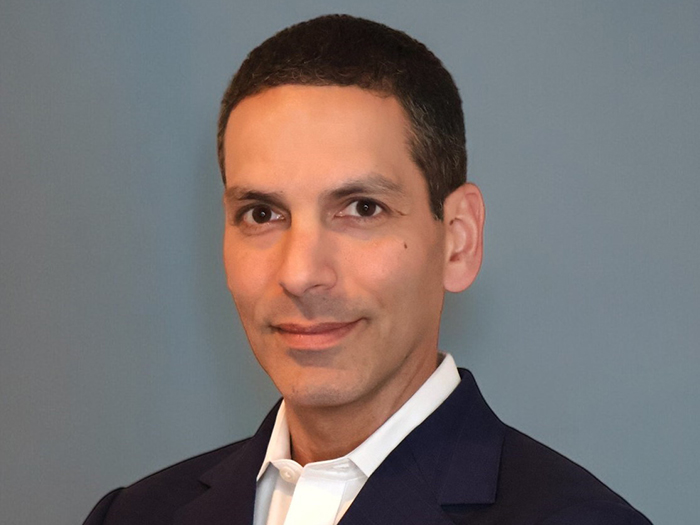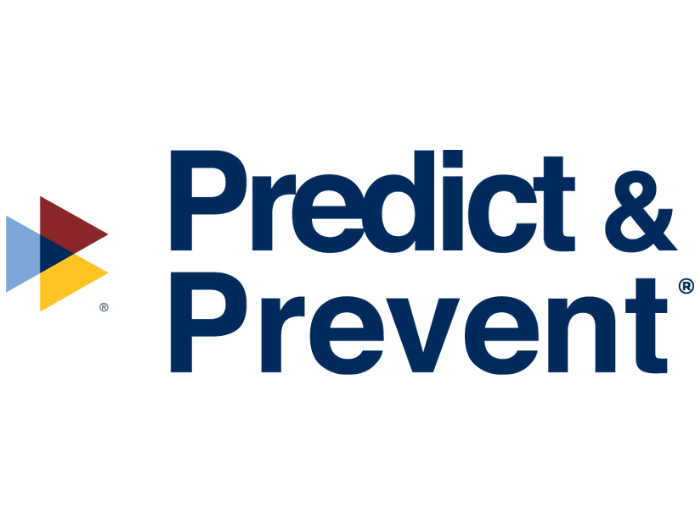Risk Insider: Matthew Nielsen
Privatizing Flood Insurance in the U.S.
Any serious gambler always understands the odds before he makes a bet. He studies the risks, puts up the collateral, and hopes for a win. If the stakes are too great, he holds on to his capital and waits for a more attractive wager.
We, as American homeowners, do the same when it comes to setting down our roots. We do our best to understand risks in our neighborhoods. Is there substantial crime? How are the schools? Are property taxes high? But do we know enough about the risks that threaten to destroy our homes and desecrate our treasured possessions?
When it comes to understanding exposure to flooding in the United States, the answer is ‘no.’
Flood maps put together by FEMA are a good start, but many questions remain. Both homeowners and insurers alike find themselves without the tools they need to fix the gap in flood coverage, leaving the bulk of flood insurance to be paid out by the federal government.
While not much is known about the elusive X-zone, this is probably where the private insurance market should first look for clues on how to get flood policies out of the NFIP.
So what can be done to help unveil the elusive nature of flood risk?
FEMA designates several types of flood zones; the most widely known are the A and V zones used in the 1-in-100 year flood areas.
The X-zones, however, are much less understood. While flood insurance isn’t compulsory in the X-zones, flood risk still exists. It is in these zones that up to 20 percent of governmental National Flood Insurance Program (NFIP) policies exist. But how much do we really know about X-zone risk? What compels homeowners to buy insurance in these zones when it is not required?
While not much is known about the elusive X-zone, this is probably where the private insurance market should first look for clues on how to get flood policies out of the NFIP.
While we can get information on the number of policies in the X-zone by state, there is more work to be done to understand the types of properties being underwritten. X-zones may be attractive to private insurers because the risk is much lower than in the A and V zones, and the pricing may also be competitive with FEMA.
This will allow the industry to understand how to navigate the process of expanding their flood portfolios, and prepare them for the more daunting task of depopulating the A and V zones.
To start this process, the industry needs a way to understand more about the potential market in the X-zone. Catastrophe modelers have the capability to help with this endeavor, as they have with identifying and categorizing exposure in developing insurance markets across the world.
These modelers will be needed to initiate the process of quantifying risk in these areas, allowing the market to better understand how they can expand into this largely untapped market.
As private insurers search for strategies on where to look to start their flood programs, they may want to heed the age-old saying that “X marks the spot.”










